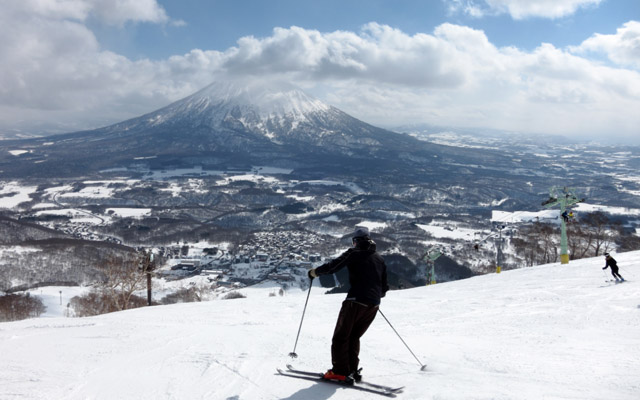Hokkaido’s tourism industry is preparing for somewhat of a rebound this winter with bookings picking up at resorts and snow sports companies preparing for Japan’s new requirements for inbound travellers.
At the northern prefecture’s most popular ski and snow resorts, Niseko and Kutchan, 89 per cent of reservations are from abroad, predominantly Singapore, Hong Kong, Australia and the US, according to a survey by the Kutchan Tourism Association.

Hokkaido Ski Club has teamed up with a Tokyo-based travel agency to offer private ski holiday guided tour packages for the 2022–23 season, which runs from December to April. These packages meet the government guidelines introduced on June 10, which require inbound tourists to have a sightseeing visa and be part of a tour group.
Hokkaido-based Japan Ski Experience, meanwhile, is optimistic that Japan’s scrapping of pre-arrival Covid tests for vaccinated tourists from September 7 indicates further loosening of rules will occur soon.
The snow sports market is important to Japan, with average spend of a winter sports tourist totalling 225,000 yen (US$1,636) in 2018, compared to 153,000 yen for an inbound tourist not doing winter sports, according to the Japan Tourism Agency. It is also a growing market. Japan attracted 80,000 inbound skiers in 2018, up from 300,000 in 2013.
And, with swathes of Japan competing for skiers and snowboarders, efforts are underway to boost Hokkaido’s gastro-tourism to add to the prefecture’s international appeal.
The Japan National Tourism Organization is promoting Hokkaido’s iconic foods, including king crab; soup curry, sea urchin and jingisukan (lamb and vegetables).
In Sapporo, Kamikawa Taisetsu Sake Brewery offers a tasting room geared to international visitors following research of gastro-tourism experiences in the US and France. Staff introduce various kinds of sake made from Hokkaido-grown rice and provide information on the history of the prefecture and its sake-brewing roots.
And, in April, the southwestern city of Hakodate set up a green tea tourism council, to promote the drink as well as food items made using green tea.




















